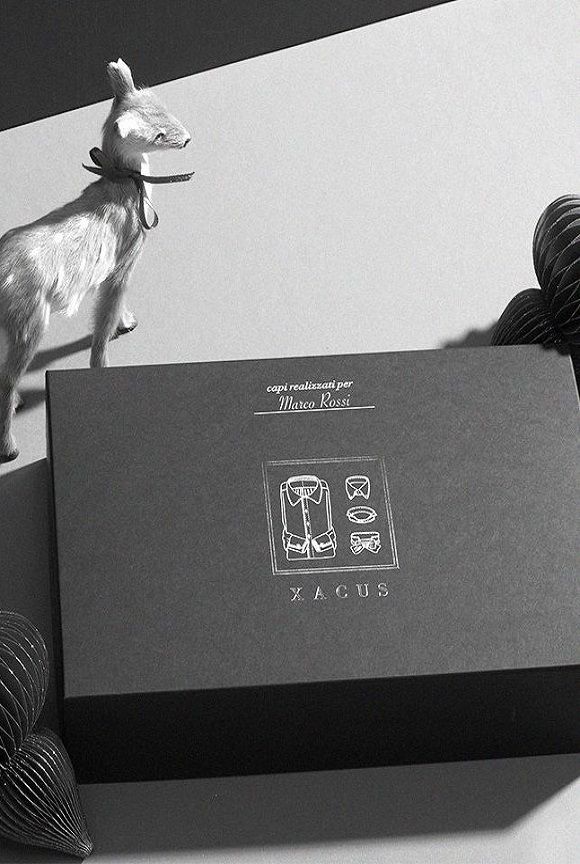Men’s shirts went from simple, classic wardrobe staples to bold statement pieces with daring colour choices
The Sixties are remembered as a decade of protests. Washington, San Francisco, Paris, London: the desire for change could be felt in all of the world’s big cities. Even when it came to fashion. This was the decade when prêt-à-porter took hold and clothing choices became a way to set oneself apart from the older generations and express a specific identity through wardrobe. Men’s shirts also went from simple, classic wardrobe staples to bold statement pieceswith daring colour choices, combinations and accessories.
Collars, creased trousers, jackets and classic footwear were passed over by many young people in favour of high-necked sweaters, jeans, leggings, parkas and loafers. And in Europe, London was the melting pot for this revolution. This was the home of Mary Quant, inventor of the miniskirt, and it was also the home of Swinging London, the inspiration for artists, musicians, actors and singers. It was in the UK capital that the two rival fashions were born: Mods, with their smart look, jackets and trousers, and Rockers, who wore leather with metal accessories and badges.

